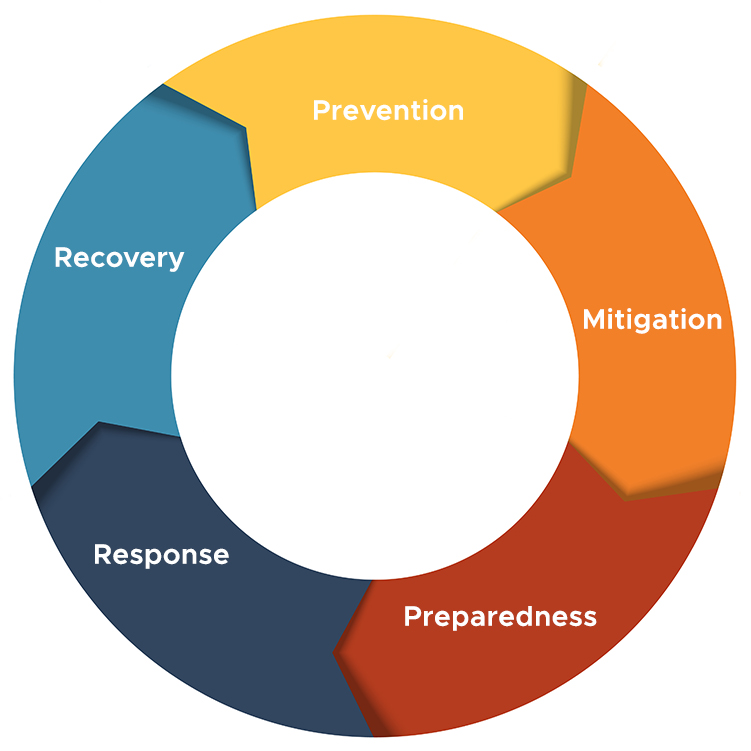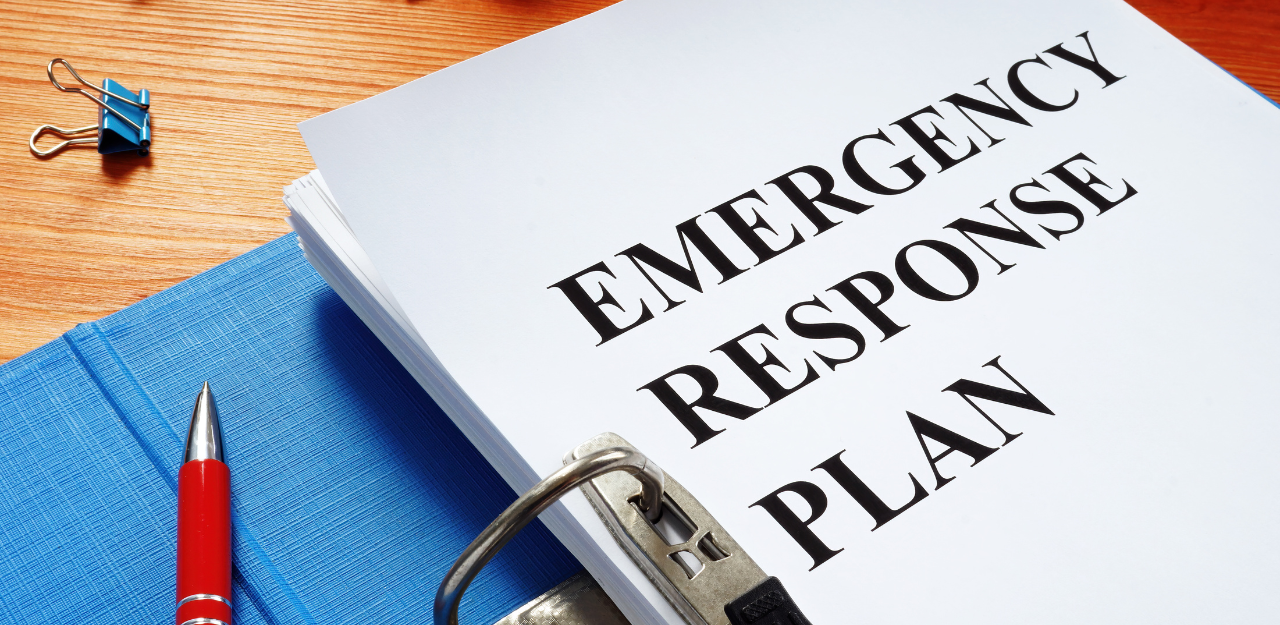In the past we would correlate emergency response plans with a narrower base of causes including fires, work related incidents, medical issues, and catastrophic storms. Fast forward to present day and you will find organizations are faced with a much more complex set of variables in and around responding to emergencies. This can include the ever-constant threat of cybercrimes, active shooter, increased severe weather events, and of course all things related to a pandemic.
The reality is emergencies come in all shapes and sizes. Rarely are the circumstances the same for any one event. In some cases, there are several days to plan for emergencies and in others, merely seconds to initiate a response. No matter the case, organizational leaders and safety professionals alike should take part in reviewing and updating their emergencies response procedures.
National Preparedness Month
Conveniently, September is National Preparedness Month (NPM), which was launched in 2004 by FEMA as part of their annual outreach on this important topic. This campaign is aimed to educate and empower individuals and organizations to respond to all types of emergencies from weather events to terrorist attacks.
Businesses face the challenge of implementing an effective emergency response plan in a dynamic and fast paced world that include the traditional “back to office” employees, hybrid, and those that continue to be full-time remote workers. No matter the employee configuration, threats will be yielded from all sides and an appropriate and effective response should be in place.
Ultimately, businesses and organizations have the responsibility to provide employees with key information such as where to go or who to contact during various types of emergencies based on OSHA 1910.38 (General Industry) and 1926.35 (Construction) Emergency Action Plans. Even with these standards in place, it is imperative that accountability be placed at all levels, from Chief Risk Officer down to the employee that just started work today. It is very difficult to think that every emergency or scenario can be thought of by management or leaders at your organization, hence everyone has a part to play.
Creating a culture of accountability will always be easier said than done and typically communication will continue to be the biggest obstacle to an effective emergency response plan. The first steps to consider when it comes to evaluating an Emergency Response Plan are as simple as looking at the five main components from the graph: Prevention, Mitigation, Preparedness, Response, and Recovery.

We know that most operations already have some level of emergency response planning and certainly good intentions; however, the ever-changing landscape of the employee base does present unique challenges. These can include how to effectively train all employees on emergency responses and the reality of knowing (or not knowing) who is in charge on any given day as a result of hybrid work schedules.
This brings us back to where we started, which is to emphasize the part about YOU taking the appropriate steps and actions in conjunction with your employer when an emergency arises. One thing I have learned during my career as a safety professional is the best ideas often come from those in the field. Workers engaged in the day-to-day work often have the most granular knowledge in their particular area of specialty.
If you are reading this and not currently in a management role, take the initiative to ask questions or suggest ideas as they relate to this topic. There is no such thing as a dumb question when it comes to such an important topic. In fact, it very well may open the door to a conversation that leads to change or increased awareness for others.
Safeguarding Your Success
To quote the tag line from the NPM campaign, “Don’t Wait. Communicate.” Engaging in discussions regarding emergency preparedness is something that you and your company can take part in proactively. Too often we see these types of policies and procedures addressed more in the form of “Lessons Learned” post emergency event. Take this month to plan as an organization the roles and responsibilities that are to be initiated during an emergency and use September 30th, which is National Preparedness Day, to share the plan and subsequent updates to all your employees. For more information, please contact Dana Vorholt, MS, ARM at dvorholt@sentinelra.com.


